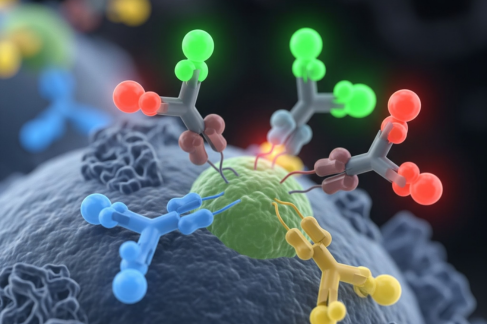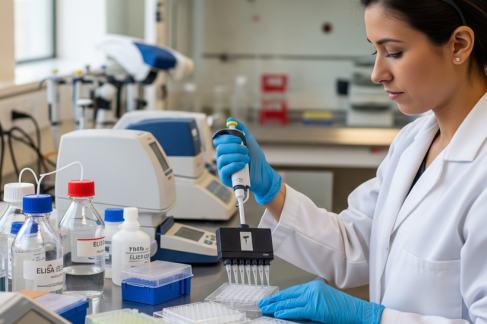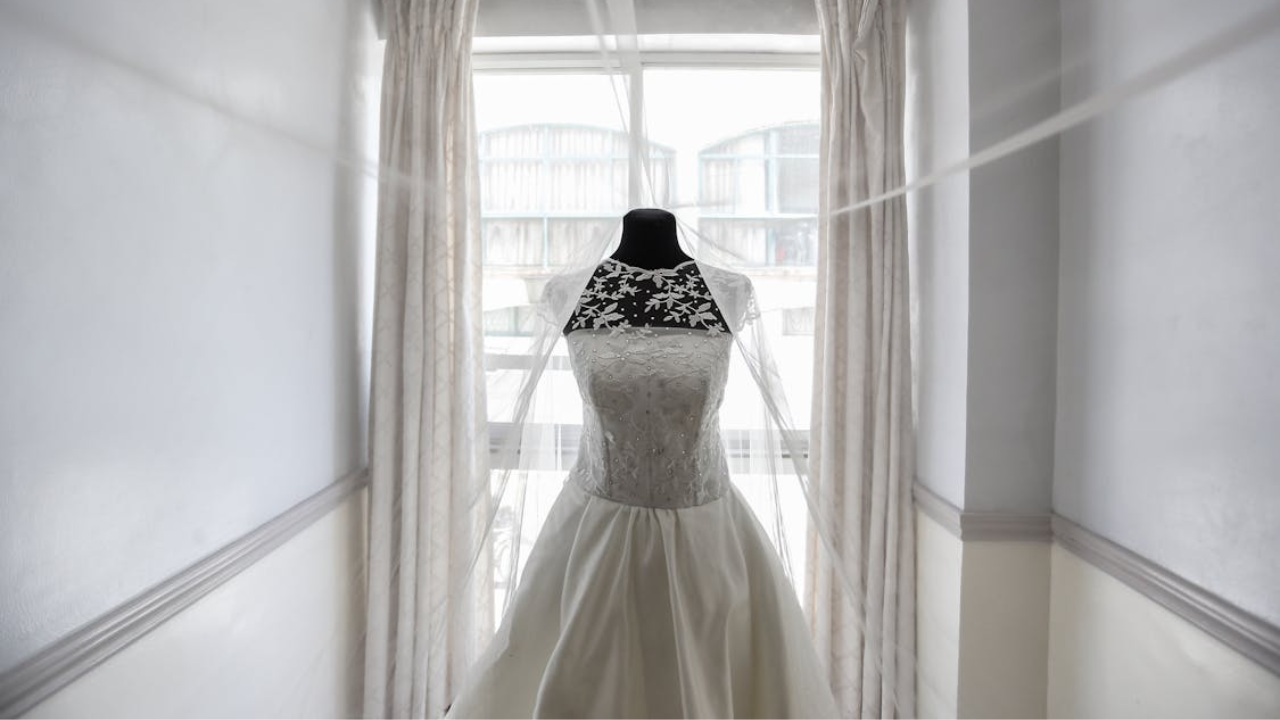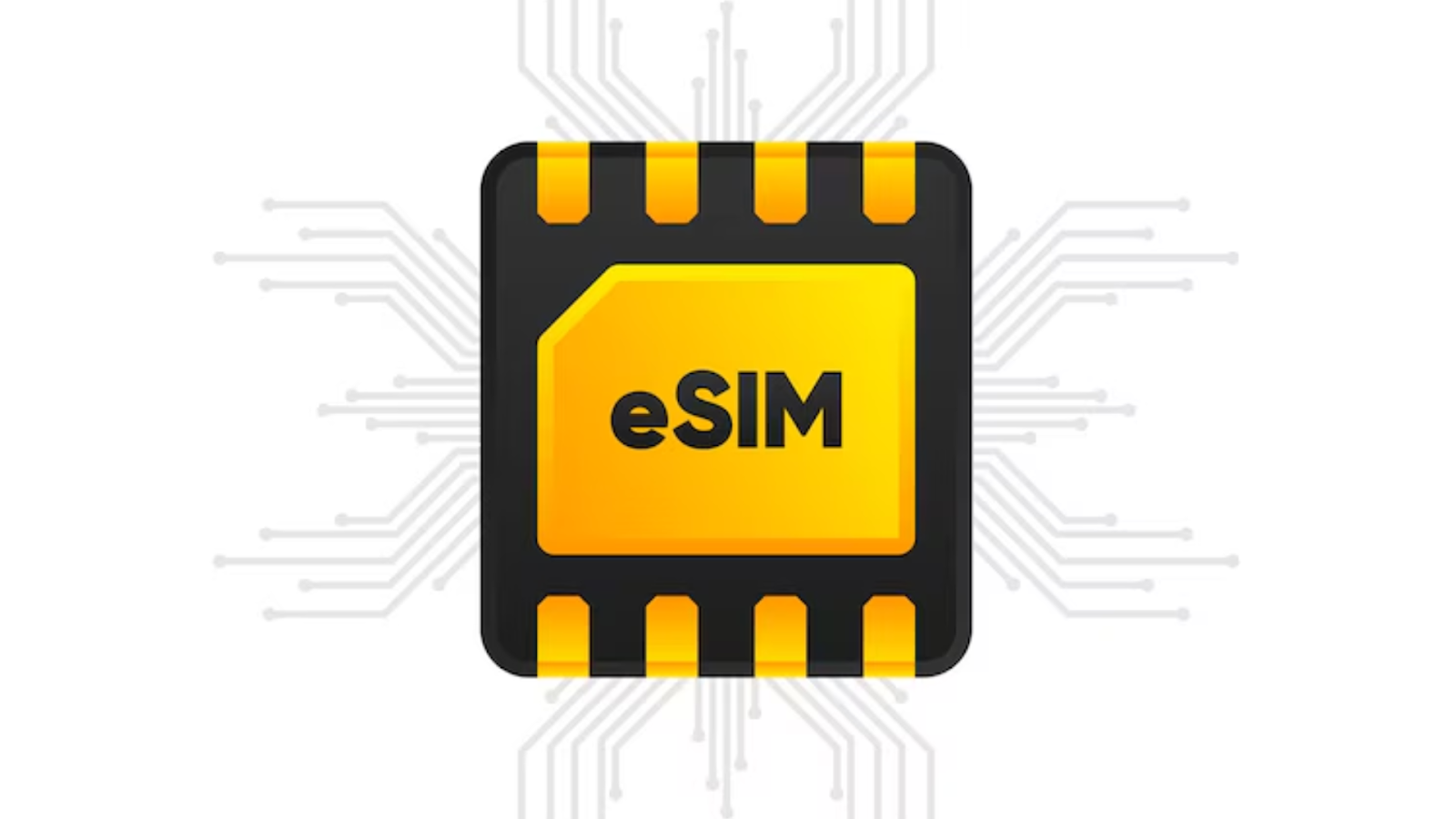
In modern biological research, secondary antibodies play a critical role in techniques such as Western blotting, immunofluorescence, flow cytometry, and ELISA. With a vast selection of antibodies available online, choosing the right secondary antibody can feel overwhelming, especially when different species, conjugates, and purification methods come into play. Making an informed choice ensures reliable results, minimizes background noise, and maximizes the sensitivity of your experiments.
This guide explains how to select the right secondary antibodies online by covering the most important factors to consider.
What Are Secondary Antibodies?
Secondary antibodies are antibodies that bind to primary antibodies, which in turn recognize a specific antigen. Unlike primary antibodies, which are directly used to detect target proteins or molecules, secondary antibodies serve as detection and amplification tools. They are often conjugated with markers such as enzymes, fluorophores, or biotin to enable visualization or quantification.
For example, in Western blotting, a secondary antibody conjugated with horseradish peroxidase (HRP) binds to the primary antibody, producing a chemiluminescent signal for detection.
Why Buying Secondary Antibodies Online Is Convenient
With advancements in biotechnology e-commerce platforms, researchers now have access to a wide range of secondary antibodies online. The benefits include:
Extensive catalogues with detailed specifications and datasheets.
Product reviews and citations that help validate reliability.
Faster procurement with multiple shipping options.
Access to global suppliers offering unique conjugates or highly specialized antibodies.
However, with these advantages comes the challenge of filtering through countless options to identify the one best suited for your research.
Step 1: Identify the Host Species of the Primary Antibody
The most fundamental factor is ensuring species compatibility. Secondary antibodies must be raised against the host species of the primary antibody.
For example:
If your primary antibody is a mouse monoclonal, the secondary antibody should be anti-mouse IgG.
If your primary antibody is from a rabbit, you need an anti-rabbit IgG secondary.
Using the wrong match leads to no binding and failed experiments. Many suppliers clearly label species reactivity, making this the first filter to apply when browsing online.
Step 2: Choose the Correct Antibody Fragment Type
Secondary antibodies can be directed against specific antibody fragments, such as:
IgG (whole molecule): Binds to the complete IgG structure.
Fc-specific: Targets only the constant Fc region, reducing cross-reactivity.
F(ab’)2 fragments: Generated by enzymatic cleavage, useful when reducing background from Fc receptor binding.
When purchasing online, ensure that the fragment type matches your experimental need. For example, Fc-specific secondaries are ideal in immunofluorescence when avoiding unwanted binding.
Step 3: Select the Appropriate Conjugate
Conjugation is what makes secondary antibodies powerful detection tools. Depending on your experimental application, you may need:
Enzyme conjugates: HRP or alkaline phosphatase (AP) for ELISA, Western blotting, or IHC.
Fluorophores: Alexa Fluor, FITC, TRITC, or DyLight dyes for immunofluorescence and flow cytometry.
Biotin: Useful for amplification systems where streptavidin is used.
Online suppliers often provide multiple conjugate options for the same secondary antibody. Choose based on the detection method used in your lab.
Step 4: Verify Cross-Adsorption and Specificity
One of the biggest challenges with secondary antibodies is unwanted cross-reactivity. Cross-adsorbed secondaries are pre-adsorbed against serum proteins from other species to minimize nonspecific binding.
For instance, if you are using multiple primary antibodies from different species in the same experiment (multiplexing), it’s best to buy highly cross-adsorbed secondary antibodies to avoid signal overlap.
When shopping online, always check whether the product description mentions cross-adsorption and the list of species tested.
Step 5: Check for Validation Data and Citations
Reputable online suppliers provide validation data such as images from Western blots, immunohistochemistry, or flow cytometry using their secondary antibodies. These examples help confirm performance in real applications.
Additionally, published research citations serve as reliable evidence of antibody credibility. Always look for suppliers who provide this transparency, as it helps reduce the risk of wasting time and resources on unverified products.
Step 6: Consider Purification Method and Quality
Secondary antibodies can be purified using different methods, such as:
Affinity purification: Ensures high specificity by binding antibodies to the antigen and eluting only the desired ones.
Protein A/G purification: Captures IgG subclasses effectively.
Unpurified serum: Less expensive but may contain background immunoglobulins.
For sensitive applications like confocal microscopy or quantitative Western blotting, affinity-purified secondaries are highly recommended. Online product pages usually specify purification details, which can guide your decision.
Step 7: Compare Pricing and Supplier Reputation
While price is an important factor, the cheapest option may not always yield the best results. Secondary antibodies vary in cost depending on conjugates, cross-adsorption levels, and purification methods.
When purchasing online:
Look for suppliers with strong reputations in the research community.
Check customer reviews and lab ratings where available.
Balance affordability with reliability to ensure consistent experimental outcomes.
Step 8: Review Storage and Stability Information
Antibodies are sensitive biomolecules. When purchasing online, carefully read product datasheets for storage recommendations. Some conjugates, like fluorophores, are light-sensitive and require protection from photobleaching.
Also check for:
Shelf life.
Storage buffer composition.
Recommended storage temperature (–20°C or 4°C).
This ensures that your secondary antibody remains functional for long-term use.
Final Tips for Buying Secondary Antibodies Online
Always double-check species reactivity before placing an order.
Match conjugates to your detection system.
Prefer highly cross-adsorbed and affinity-purified antibodies for cleaner results.
Rely on suppliers offering validation data and peer-reviewed citations.
Store them as per the datasheet instructions to maximize longevity.
Conclusion
Choosing the right secondary antibody online is about more than just selecting a product—it’s about ensuring your research is accurate, reproducible, and cost-effective. By carefully considering host species, conjugate type, cross-reactivity, purification, and supplier reputation, you can confidently purchase antibodies that enhance your experimental success.
Whether you’re working on Western blotting, immunofluorescence, ELISA, or flow cytometry, following these steps will help you navigate the vast online catalogues and find the secondary antibodies best suited to your research needs.
If you are looking for a supplier to buy secondary antibodies, you can rely on AAA Biotech. For more information, visit the site.




Write a comment ...